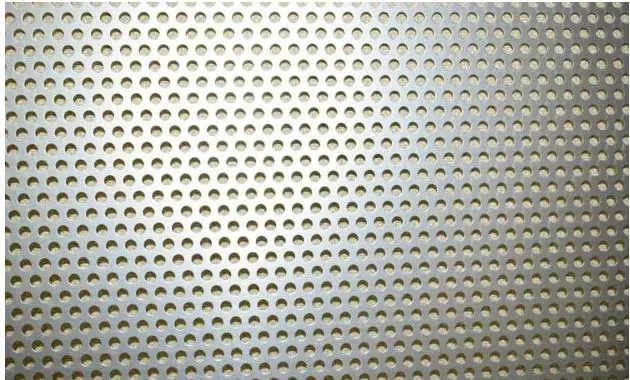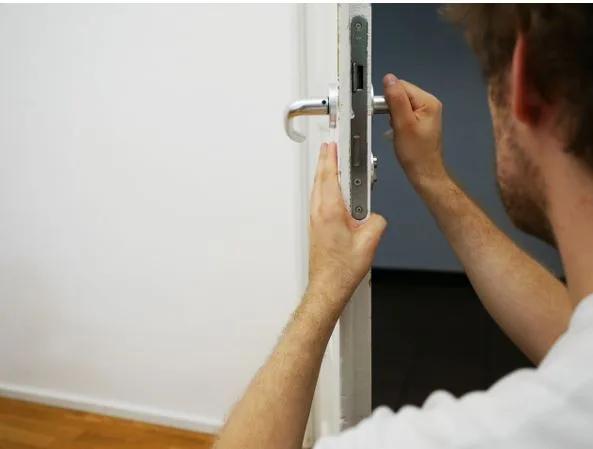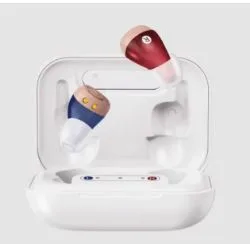How to Get Approved for Self-Employed Home Loans in 2025
Entrepreneurs love owning their own business because of the freedom, flexibility, and responsibility that come with it. You can control your schedule, your future and most importantly, your income. But when it’s time to buy a home, that independence can suddenly work against you. Many self-employed buyers run successful businesses or freelance careers, yet traditional lenders treat them like high-risk borrowers simply because their income isn’t stable or easily verifiably like a W-2 Borrower.
But being self-employed shouldn’t stop you from becoming a homeowner. Modern self-employed home loans are designed to see your true earning power, not just what’s shown on your tax return. With the right approach and lender, you can qualify for a mortgage based on your cash flow, not your net income.
This guide will tell you how these programs work and the smarter ways to get approved for a self-employed mortgage based on your lifestyle and income.
The 2025 Reality for Self-Employed Borrowers
Even in 2025, getting approved for a mortgage while running your own business is a great challenge. Traditional lenders still prefer the stability of W-2 income. Nearly half of self-employed mortgage applications get denied, mostly because the numbers on tax returns don’t tell the full story.
If you’re self-employed, your income might fluctuate or include significant tax write-offs that make you look less profitable on paper. But those write-offs don’t change the fact that you can afford the monthly mortgage payment. That’s why so many qualified buyers are told “no” by a mortgage lender, even when they are perfectly qualified.
Thankfully, the mortgage world is finally catching up. More lenders are establishing new guidelines and loan products that are able to understand and analyze self-employed income, and they’re approving loans based on real financial strength: consistent deposits, healthy savings, and proven business performance, not just what shows up on your tax return.
“Entrepreneurs often assume their tax returns hold them back, yet showing real cash flow is all that’s needed to secure approval with modern mortgage programs.” — Eric Bernstein, LendFriend Mortgage
What Are Self-Employed Home Loans?
Self-employed home loans are designed for people who earn their income outside a traditional job structure, like freelancers, consultants, small business owners, or independent contractors. These loans are not based only on income proof or tax returns, but are built around your real financial situation and stability.
To get approved, it’s always better to get help from self employed home lenders who can get you qualified without W-2s, tax returns or heavy documentation. They know how to organize your financial details, explain your income clearly, and guide you toward mortgage programs that recognize real earning potential rather than just paperwork.
Popular Mortgage Options for the Self-Employed
In 2025, more self-employed buyers are turning to non-QM (non-qualified mortgage) options that recognize real income instead of just tax returns. Here are the most common loan types worth knowing:
1. Bank Statement Loans
These loans use your personal or business bank statements to verify income. Lenders review 12–24 months of deposits to understand your true earning pattern. This one is ideal for freelancers and business owners who take deductions. It shows your real income strength, not just what’s on paper.
2. Profit & Loss (P&L) Loans
A P&L Loan relies on a CPA-prepared statement of your business performance. It’s useful if your financials are well-organized, but it can take more time and documentation, as lenders still need to verify their accuracy.
3. Asset Depletion Loans
These loans use your savings, investments, or retirement accounts to calculate qualifying income. Lenders divide your verified assets over a set period to estimate monthly earnings. This option works well for self-employed buyers with strong assets but irregular income.
Which One is Better?
| Feature | Bank Statement Loans | P&L Loans | Asset Depletion Loans |
| Income Basis | Bank deposits & cash flow | CPA-prepared P&L statement | Verified assets divided into income stream |
| Documents | 12–24 months of statements | CPA report + a few bank records | Proof of savings, investments, or retirement accounts |
| Approval Speed | Faster, simpler | Slower, CPA-dependent | Moderate, depends on asset verification |
| Best For | Freelancers, contractors, small business owners | Structured, established businesses | Self-employed buyers with strong savings or investments |
| Flexibility | High | Moderate | High |
| Advantage | Reflects real income, easier to qualify | Stricter and slower | Turns assets into qualifying income |
For most self-employed people, bank statement loans just make more sense as they show your real income story and make the approval process a lot less complicated.
What Self-Employed Borrowers Need to Qualify in 2025
Getting approved today is less about perfect paperwork and more about showing financial stability. Here’s what most lenders focus on in 2025:
- Consistent income flow with regular deposits across 12–24 months
- Healthy credit score of around 720 or higher to access better loan terms
- Business stability with at least 1 year of self-employment history
- Low debt-to-income ratio showing manageable monthly obligations
- Proof of reserves with a few months’ worth of savings
How to Get a Mortgage When You Are Self-Employed
Here are the steps to secure a self-employed mortgage:
Step 1: Check Your Finances
Look at all your income streams, monthly expenses, and savings. Make sure your cash flow is stable and you can show consistent earnings. Lenders want a clear picture of how money moves in and out of your accounts.
Step 2: Gather Documentation
Depending on the loan program, you should have 12–24 months of personal or business bank statements available, a CPA-prepared Profit & Loss statement or asset statement. These documents show your real income, not just what appears on tax returns.
Step 3: Review Your Credit and Debts
Check your credit score and work on improving it if needed. Keep your debt-to-income ratio reasonable by paying down credit cards or loans. A healthier credit profile makes approval smoother and may get you better rates. If your credit score needs improvement, you should work with a mortgage broker early in the process, so they can show you the best path to increasing your credit score quickly.
Step 4: Review Mortgage Options
Self-employed borrowers have specialized programs like bank statement loans or P&L loans. Most self-employed borrowers opt for a business bank statement program since that is the easiest option from a documentation standpoint. These loans evaluate your finances beyond W-2s and tax returns by focusing on cash flow and business performance.
Step 5: Get Expert Guidance
Doing this on your own can be very complicated. Getting help from a reliable self-employed home lender like LendFriend Mortgage can help you identify the best loan programs, explain requirements, and guide you to qualify even without standard income proof.
Step 6: Submit Your Application
With the help of expert guidance, submit your application that includes all the required documents. Missing or incomplete information can delay approval, so attention to detail matters.
Step 7: Prepare for Closing
Keep your accounts stable and avoid taking on new debts while waiting for approval. All documents should be accessible so the closing process is smooth and hassle-free.
Common Approval Mistakes to Avoid
- Submitting incomplete bank statements
- Relying solely on tax returns
- Applying with too little self-employment history
- Ignoring credit score or debt-to-income ratio
- Overlooking available non-QM loan options
- Not organizing financial records clearly
- Choosing the wrong lender for self-employed borrowers
Smarter Way to Secure Mortgage Approval
Follow a few smart practices to make your mortgage process much smoother:
- Provide clear, organized bank statements or P&L documents
- Maintain a steady cash flow and track deposits
- Keep your credit score healthy and your debts manageable
- Work with lenders experienced in self-employed mortgages
- Get expert guidance to avoid unnecessary delays and mistakes
Final Thoughts
Homeownership as a self-employed borrower can be complicated, but the right approach and the right lending partner can make it simple. Using programs like bank statement loans shows your real income and increases approval chances. Also, working with an experienced lender helps you navigate requirements, avoid common pitfalls, and secure the best mortgage for your situation.






